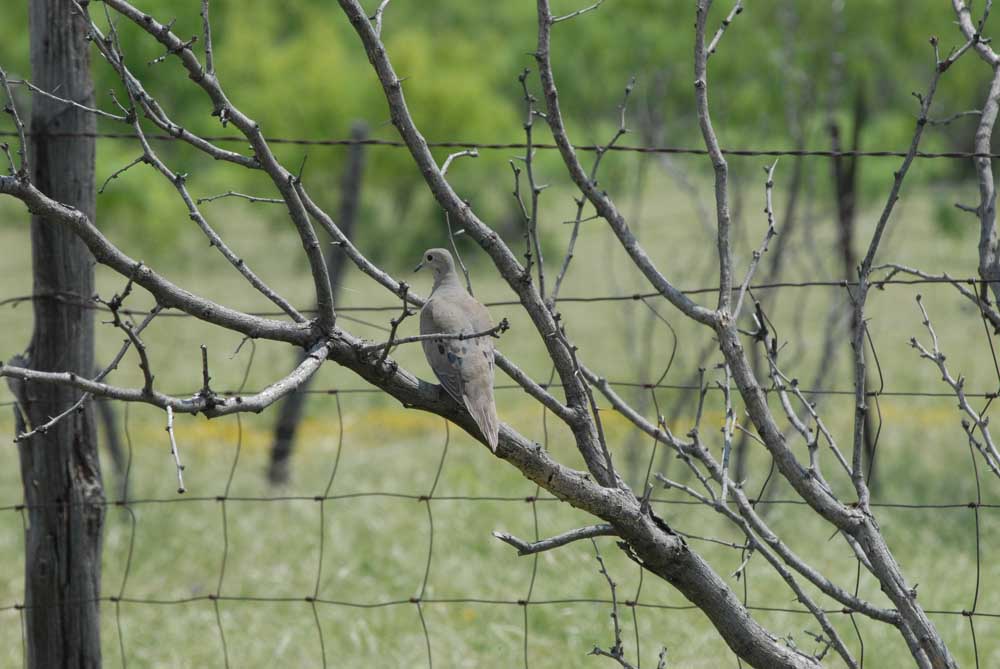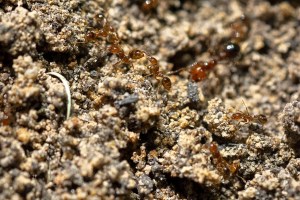Numbers Game: Hot, dry summer could lead to a good dove season opener
Published 3:46 pm Thursday, August 11, 2022

- Most of Texas has been hot and in a drought this summer, and while that can be hard on a lot of wildlife, it can mean a high number of doves.
It is going to be hard for this dove season to top last year, and that is a good thing.
While South Texas hunters saw a pretty good season from the start, hunters in the remainder of the state did not just struggle, they struck out week after week.
Trending
Having hunted doves for more than 60 years, it was the worst season I have seen by a long shot. The birds just were not there. From the Panhandle south of Austin the reports were the same, and everyone had the same question, what happened.
While it would seem the decline would be the result of the 2021 freeze, biologists believe it was more likely from too good of range conditions during the summer months.
“I was a little concerned when (the freeze) first happened, but it was in February and that was before most of the birds made it back to the breeding ranges. We lost a lot, but compared to the number shot on opening day I think it was low. I think a lot of those caught in the freeze were headed to North and South Dakota,” explained Owen Fitzsimmons, Texas Parks and Wildlife Department’s dove program leader.
Instead, he puts the blame on too much rain in the spring and summer.
“I think a lot of it was the wet weather. Even in a good year, by August 80 percent of the state is at some drought level. Last year only 2% was in any level of drought. It was one of the wettest summers in history,” Fitzsimmons explained.
While wet weather is generally a good thing for wildlife, it can present problems for dove. Dove are notoriously poor nesters, and strong winds that accompany storms and heavy rains can destroy nesting efforts. For a short-lived species that is dependent on annual recruitment for its population to expand, the lack of nest is devastating.
Trending
Adding to the problem was that all the rain may have made the ground too lush with grass. Dove like open ground where they can walk around and pick up seed, but last year’s rain made that difficult.
Those situations combined for much lower-than-normal recruitment of young birds in the upper two-thirds of the state. Along with poor hunting, that led to a low spring dove count this year, continuing a trend.
“The last few years we have been below average, at least for mourning doves. From 2013 to 2017 we were really high, but our numbers are more like they were from 2008 to 2012,” Fitzsimmons said.
Surveys estimated about 20 million birds in the state prior to nesting this spring. However, with good nesting that number can look much different by opening day.
“I think we are in good shape. They will nest up to six or seven times a year, but more realistically they will nest two, three or four times. With 20 million in the breeding population, if they replace themselves one to three times you are looking at 50 or 60 million come September,” Fitzsimmons said.
While much of the state is in drought conditions this summer, it is not as hard on dove as other wildlife because they are able to fly five to 10 miles daily for water.
“Dove are pretty adapted to drier weather, especially whitewings,” Fitzsimmons said.
While mourning dove spring counts were down, the biologist said white-winged dove numbers seem to have leveled off at 10 to 11 million. South Texas continues to hold the largest population and this spring’s count was up 38%.
The mourning dove season opens Sept. 1 in the North and Central zones, and Sept. 14 in the South zone. The fall season closes Nov. 12 in the North and Oct. 31 in the Central and South.
The special white-winged dove season in South Texas runs Sept. 3-5 and 10-12.




